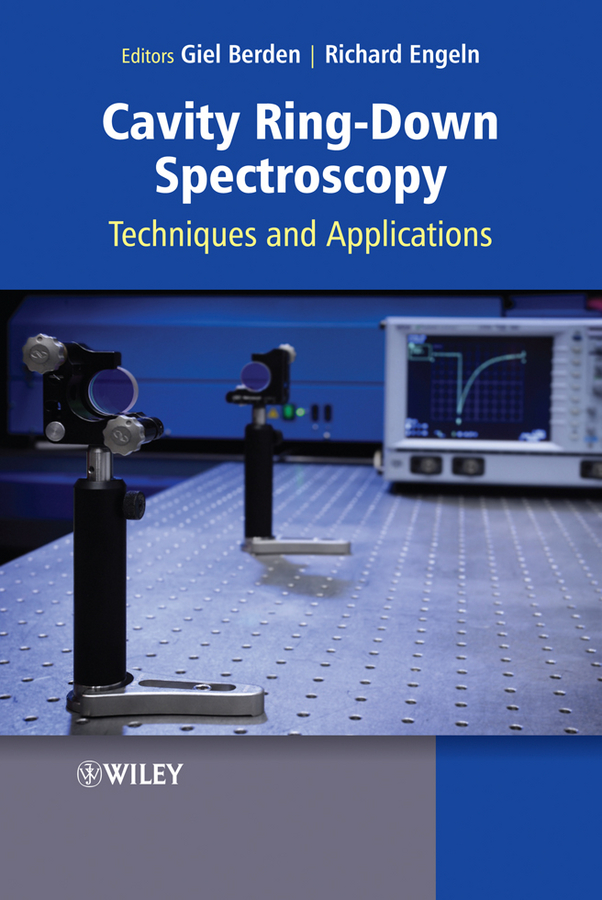Электронная книга: Engeln Richard «Cavity Ring-Down Spectroscopy. Techniques and Applications»

|
Cavity ring-down spectroscopy (CRDS) is a simple, highly sensitive direct absorption technique based on the rate of absorption of light circulating in an optical cavity. CRDS can be used to study atoms and molecules in the gas and condensed phase, and is especially powerful for measuring strong absorptions of species present in trace amounts or weak absorptions of abundant species. The technique can be applied in physical, atmospheric, environmental and analytical chemistry, also combustion science, physics, medical diagnostics and biology Cavity Ring-Down Spectroscopy: Techniques and Applications provides a practical overview of this valuable analytical tool, explaining the fundamental concepts and experimental methods, and illustrating important applications. The book presents a complete and methodical approach to the topic and describes: Introductory concepts and basic experimental techniques Useful variants such as continuous wave, phase shift, and broadband CRDS Recent developments in the field, and key applications, for example, spectroscopic studies of transient molecules, monitoring trace amounts of atmospheric species, analysis of exhaled breath in clinical diagnostics, and CRDS under extreme conditions. Designed as both an introductory text and a reference source, this book is relevant for scientists unfamiliar with CRDS who are interested in using the technique in their research, as well as experienced users. Издательство: "John Wiley&Sons Limited"
ISBN: 9781444308242 электронная книга Купить за 16702.14 руб и скачать на Litres |
Другие книги схожей тематики:
| Автор | Книга | Описание | Год | Цена | Тип книги |
|---|
См. также в других словарях:
Cavity-Enhanced-Absorption-Spektroskopie — Die Cavity Enhanced Absorption Spektroskopie (CEAS) gehört, wie die Cavity ring down Spektroskopie (CRDS), zu den Methoden der Spektroskopie mittels optischer Resonatoren. Üblicherweise wird nur der englische Begriff benutzt, er lässt sich… … Deutsch Wikipedia
Spectroscopy — Analysis of white light by dispersing it with a prism is example of spectroscopy. Spectroscopy ( … Wikipedia
Tunable diode laser absorption spectroscopy — (TDLAS) is a technique for measuring the concentration of certain species such as methane, water vapor and many more, in a gaseous mixture using tunable diode lasers and laser absorption spectrometry. The advantage of TDLAS over other techniques… … Wikipedia
Noise-Immune Cavity-Enhanced Optical-Heterodyne Molecular Spectroscopy — (NICE OHMS) is an ultra sensitive laser based absorption technique that utilizes laser light to assess the concentration or the amount of a species in gas phase by absorption spectrometry (AS). Principles The NICE OHMS technique combines in a… … Wikipedia
Noise-immune cavity-enhanced optical heterodyne molecular spectroscopy — (NICE OHMS) is an ultra sensitive laser based absorption technique that utilizes laser light to assess the concentration or the amount of a species in gas phase by absorption spectrometry (AS). Contents 1 Principles 1.1 Types of signals 1.2… … Wikipedia
Absorption spectroscopy — An overview of electromagnetic radiation absorption. This example discusses the general principle using visible light as a specific example. A white beam source – emitting light of multiple wavelengths – is focused on a sample (the complementary… … Wikipedia
